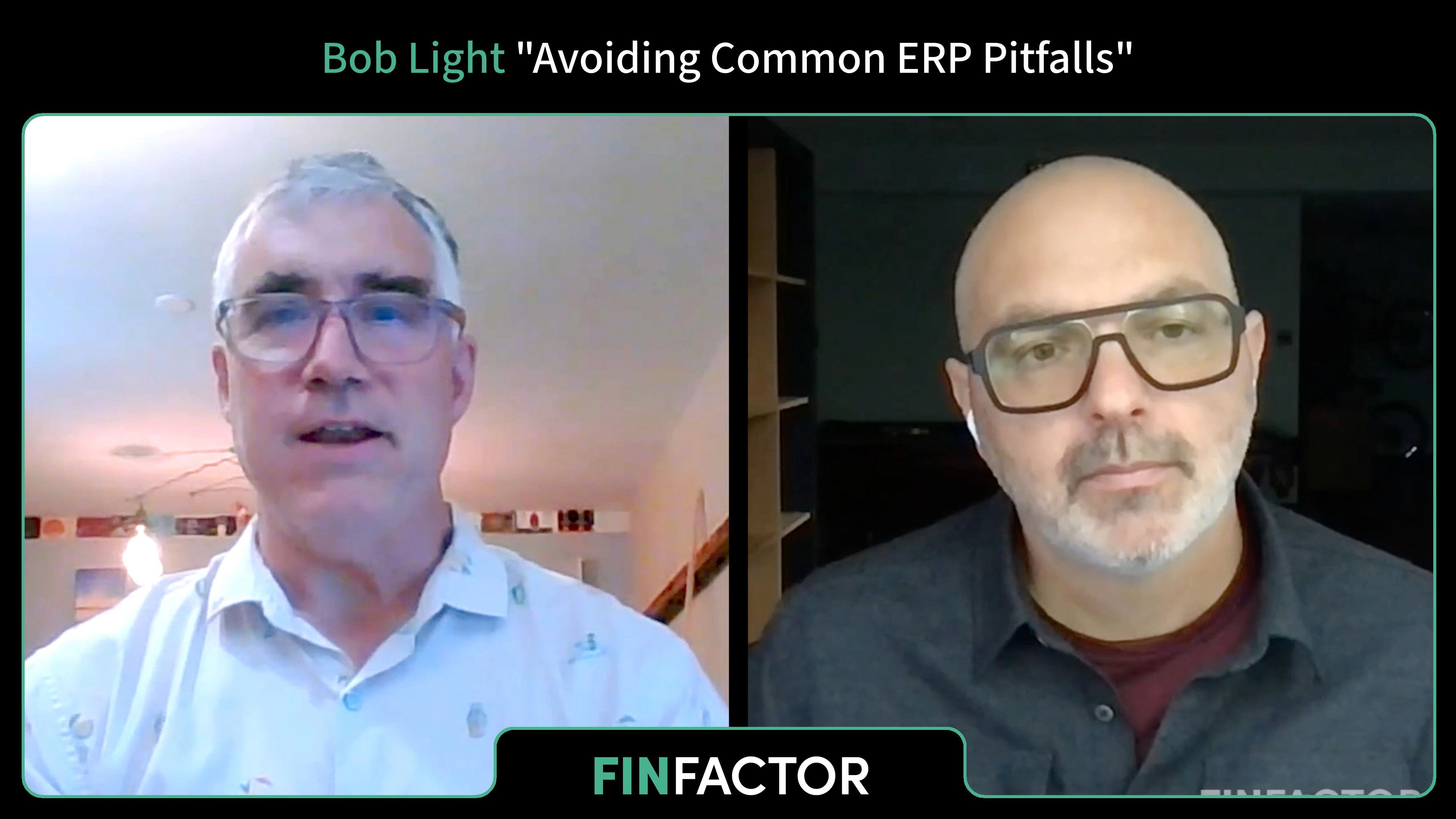The Challenges of Forecasting with Traditional Tools
Many organizations begin their financial forecasting journey with the systems already at hand. ERPs usually provide add-on modules for planning and budgeting, but these tools are often rigid and difficult to administer. Configuring them requires deep technical knowledge, while ongoing maintenance typically demands specialized consultants. This leads to both high upfront implementation costs and steep recurring expenses just to keep the system running.
The result is that finance leaders frequently find themselves locked into tools that deliver static reports but require significant effort to extract meaningful insights. They may technically “work,” but they don’t provide the agility finance teams need to respond quickly to changes in the business. For companies facing complex sales cycles, fluctuating working capital demands, or multi-entity structures, these limitations create a serious blind spot in cash flow visibility.
This is why many mid-market companies transition to purpose-built planning and reporting solutions. They look for tools that integrate more easily with ERPs and can import transaction-level data through saved searches. While this streamlines some processes and provides familiar spreadsheet-style interfaces, the depth of insight is still limited—especially when timing and volatility matter as much as absolute revenue and expense numbers.
When Transaction Timing Becomes the Issue
Not all businesses are created equal when it comes to forecasting. Some operate on high volume and relatively predictable terms, while others deal with fewer but much larger transactions. The latter group—construction, manufacturing, wholesale distribution, and professional services—often face unique challenges.
A construction firm, for example, may send just a handful of invoices for a multi-million-dollar project, spread across phased billing tied to milestones. Payments arrive in large chunks but on unpredictable timelines, creating “lumpy” cash flow. A manufacturer may purchase raw materials months in advance of customer payments, straining liquidity even while future receivables look strong on paper.
On the flip side, businesses with thousands of smaller transactions must contend with averages that conceal real risk. Perhaps 80% of customers reliably pay in 30 days, but the remaining 20%—who may represent the largest contracts—regularly stretch payments to 60 or even 90 days. In such cases, one or two delayed payments can create a ripple effect across the entire cash position.
Layer on multiple entities or subsidiaries with their own cash cycles, and the problem compounds. Finance leaders must consolidate across divisions while still understanding how timing mismatches in one entity may undermine liquidity across the group.
Why DSO Alone Isn’t Enough
Days Sales Outstanding (DSO) is a widely used metric to gauge how quickly receivables are collected. But DSO can be dangerously misleading when relied upon in isolation. A single large transaction on extended terms can distort the figure, making performance look better or worse than reality.
For example, a DSO of 90 days might seem alarming—until you realize it’s driven by one strategic account on net 90 terms that always pays like clockwork. Conversely, a low DSO could mask collection problems if it’s artificially reduced by a one-time early payment. Seasonality, customer mix, and contractual terms all influence the number in ways that simple averages can’t capture.
Finance teams need to look beyond the metric itself and analyze what drives it. Which customers are consistently late? How do contractual terms affect cash inflows? Are seasonal spikes in receivables distorting the baseline? Without this context, decisions based on DSO alone can lead to false confidence or unnecessary alarm.
The Strategic Risk of Big Wins
Winning a large contract is typically cause for celebration. But for CFOs, it can also raise a red flag. Large deals often come with extended payment terms, and fulfillment usually requires significant upfront investment. A software company may feel little strain because incremental costs are low, but for product-based businesses or services requiring upfront labor, the burden can be substantial.
Imagine closing a $5 million deal that requires $2 million in materials and $1 million in labor before any cash is received. If the customer is on 120-day terms, the company must finance those costs for months. Without sufficient liquidity or credit lines, this “big win” could trigger a cash crunch—even as the balance sheet looks strong.
This is why scenario planning is so critical. Finance leaders must model not just whether a contract is profitable, but also whether it is financeable. Can the company support the upfront costs until payment arrives? What happens if collections slip by another 30 days? Without the ability to test these what-if scenarios, CFOs are essentially gambling with liquidity.

How Dryrun Fits In
Dryrun addresses these challenges by shifting forecasting away from rigid, static models and into a flexible, scenario-driven environment. Unlike traditional tools, which focus on producing standardized reports, Dryrun is built specifically for operational cash flow forecasting and strategic planning.
With Dryrun, CFOs and finance teams can:
- Model lumpy, high-stakes cash flow: Account for phased billing, milestone payments, or large one-off invoices that don’t follow predictable cycles.
- Set realistic payment assumptions: Adjust DSO or DPO at the customer, vendor, or account level, reflecting actual payment behavior rather than relying on broad averages.
- Consolidate multi-entity forecasts: Gain both a top-down view of group cash flow and granular insights into timing differences between entities.
- Run flexible what-if scenarios: Test the impact of delayed collections, extended payment terms, or large contract wins before they affect liquidity.
- Blend short-term and long-term views: Combine a 13-week cash flow snapshot with longer-term accrual-based revenue forecasts, creating a hybrid model that reflects both immediate realities and strategic goals.
The result is a tool that adapts to the business, rather than forcing the business into a rigid framework. CFOs can visualize best- and worst-case scenarios, align with operations and sales, and ensure that financial decisions are made with full visibility into timing and liquidity risks.
Conclusion
Forecasting in today’s environment requires more than static reporting or surface-level metrics. Businesses dealing with large, lumpy transactions, seasonal cycles, or multi-entity complexity need dynamic tools that provide both clarity and flexibility.
While metrics like DSO remain useful, they are incomplete without context. The real advantage comes from understanding what drives those numbers and modeling how timing mismatches will affect cash flow in the weeks and months ahead.
Dryrun empowers finance leaders to bridge the gap between reporting and reality. By combining operational cash flow detail with strategic scenario modeling, it transforms forecasting from a backward-looking exercise into a forward-looking advantage—helping companies not only survive volatility, but also seize growth opportunities with confidence.
Learn More with FinFactor
In this episode of FinFactor, Blaine Bertsch sits down with Bob Light to dive into the critical decisions around ERP implementation and financial software selection. They discuss why identifying internal processes and pain points is essential before choosing an ERP system, and how involving stakeholders early can streamline adoption.
The conversation covers everything from ERP negotiation and managing ERP cost expectations to evaluating ERP features and aligning them with business needs. Blaine and Bob emphasize the importance of selecting the right project champion, setting realistic timelines, and following proven ERP advice for a smoother rollout. With insights on avoiding common pitfalls, conducting thorough due diligence, and ensuring long-term value, this episode offers CFOs and business leaders practical guidance to navigate the complexity of ERP choice and maximize return on their financial software investment.

________
Dryrun delivers real-time, dynamic cash flow and financial forecasts with complete manual control and unlimited scenario modeling.
START YOUR TRIAL today!




